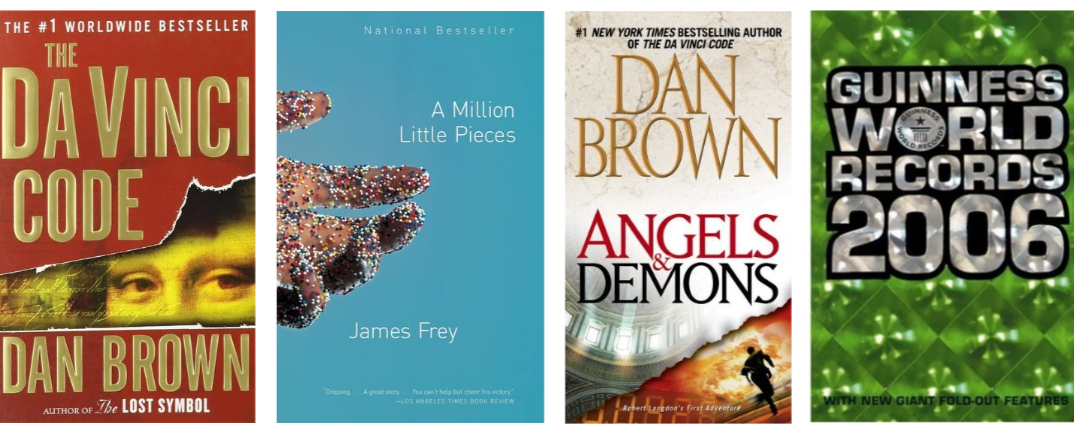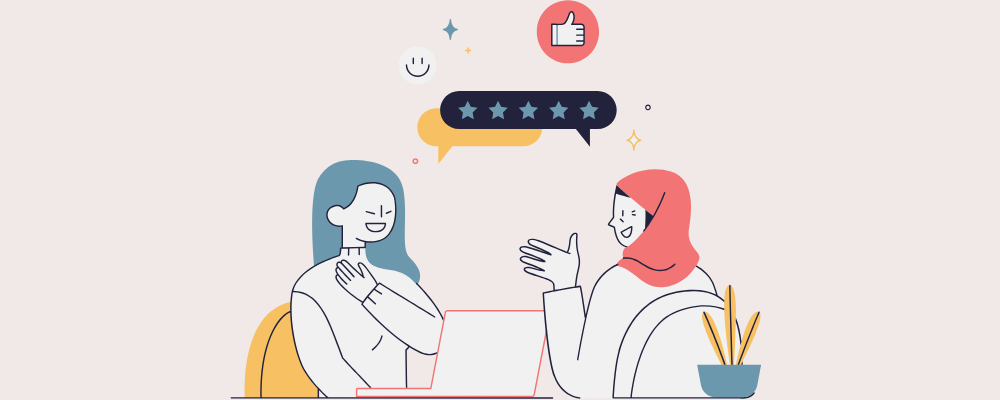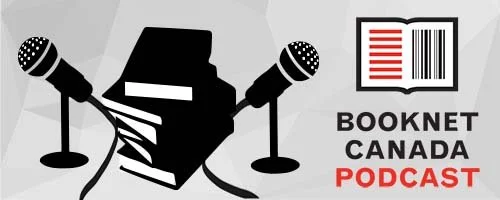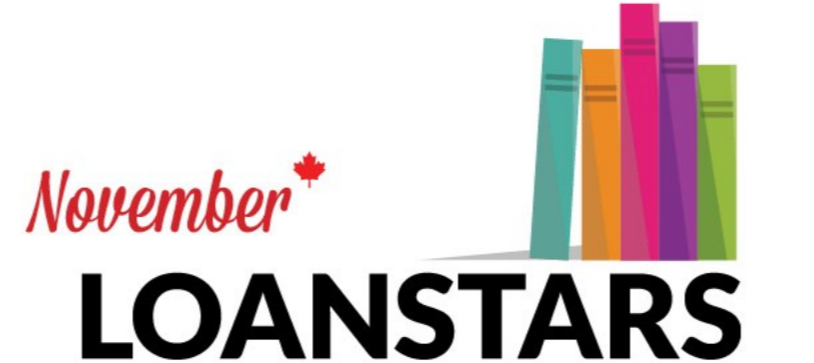Happy New Year!
There’s no better way to start 2022 than in celebration of World Braille Day — today, January 4th. We had the honour of interviewing Kerry Kijewski and Marcia Yale, two of the five authors of the study Improving Braille Availability in Canadian Public Libraries.
Kerry Kijewski and her brother were both born blind, but Kerry had enough vision to read large print when she was growing up. Even so, her parents and teachers gave her the best of both worlds because they believed in the value of braille, starting with her mother learning it and having it around from the very beginning. This allowed Kerry to know braille all her life and it has enriched her experience and given her a tool to appreciate communication, writing, and reading ever since. She believes braille is a vital gift to the blind community, without which she would not be a writer.
Marcia Yale was born totally blind and started elementary school at the Ontario School for the Blind, where she learned to read and write braille. She was an avid reader all through school and beyond, making good use of the CNIB library. However, once she discovered the availability of audiobooks she stopped reading braille, that is, until she finally received her first braille display — now she pairs it with her iPhone and is so happy to be able to truly read. Reading braille is so different than listening to a book — it’s a much more visceral experience.
First published in 2018 by the National Network for Equitable Library Service (NNELS), Improving Braille Availability in Canadian Public Libraries is a benchmark study into the state of braille accessibility in Canadian libraries, and its impact on the entire book supply chain — from publishers to readers. What would improve the availability of braille in Canadian public libraries? They outline five key recommendations:
Encourage publishers to publish accessibly and encourage libraries to favour accessible books and platforms in their procurement practices.
Request federal funding for refreshable braille displays.
Develop a distributed, shared, hard-copy braille collection for Canadian public libraries.
Produce hard-copy, embossed braille upon reader request.
Support braille and alternate format expertise in public libraries.
We learned more about the study in our conversation with Kerry and Marcia.
1. What are the main book formats for braille readers, what makes them different from each other?
Kerry: I think I've just been learning a lot about accessible formats in the years since getting involved with everything. The modern technology era really kind of sprang up on me. Luckily, I've been able to pick up pieces and bits of it over the years, but really I was reading a lot of hard copy braille books wherever I could get them from, which wasn't much, and then as technology changed in the last decade or so, I just followed along.
We've come a long way since the beginning of braille, which is what I talk about in my introduction [to the study] and how technology has played such a huge role, but a lot of us struggle to just keep going because it's changing all the time.
Marcia: I've read braille ever since I was six. It's been a while. And it used to be the only formats you got were hardcover braille books that came from the States or braille books that were printed on plastic paper, thermoform that came from the CNIB in Toronto or out in British Columbia, or you'd get the odd paper-backed book that came from the UK. But now, you've got paper braille which we call, in the study, hard copy braille. That's your regular braille book, in whatever format you want to call it. But then, you've got the electronic stuff. So, you've got the downloadable files that you can then read on your refreshable braille displays — if you're lucky enough to have one of those.
2. Can you walk us through the process of making a braille book or making an electronic book accessible through braille?
Marcia: Now what you first need is an electronic file. So, it used to be that you would need to have someone literally braille with a Perkins Brailler, [typing] the braille onto paper and then that would be put into a book. Then they had like a printing press, except it's braille plates that would braille. Again, you had to type in everything into the press and it would braille a page at a time. It would create the plate and then the plate would create the dots. Now you just need a reasonably good formatted file electronic, and you can send it through (if you want just a really down-and-dirty version) as a Word document to a program like Duxbury, which is a braille translation software, and it sends that to an embosser and you can have braille in minutes. The books they use start, hopefully, with accessible EPUB 3 files, then they pull a Word document out of that. And then that goes to the translation software and through to a production style embosser. They can do like 250 pages an hour.
But, you know, the nice thing about it is that if a book starts out accessible — if an ebook starts out as an accessible EPUB 3 — then it doesn't take much to turn it into a braille book. There are formatting things that have to be dealt with in between, but if the publisher did that on the way through — if they put the braille formatting codes in as they were creating the book — then it takes no time at all to produce braille now. There's no excuse as to why we can't have hard copy braille or electronic braille files if we need them. Technology has really come a long way.
3. What does equitable access to books mean to you?
Marcia: I think I have it now because I can now access Kindle and Apple Books, and when books are released, I get them the same day everybody else does. But, if you don't have that technology, then you still need to be able to have a library that's going to have access to that technology that can get you books as soon as they come out or soon after. Equitable access to me would mean the same day that you get a book, I want that book. And it still is amazing to me that I can just go on Kindle, or pre-order a book, and I get it the same day everybody else does. And I've got a choice, whether I want my phone to read it, whether I want to read it in braille, I have that choice. But like I said, not everybody does.
Equitable access to books still needs to include braille hard copy being available. And, I really like the issue and the recommendation in the braille study for one-offs. So, if someone needs a book, it gets brailed for them and that's it. They can either keep it, they can recycle it, they can share it, they can do whatever they want with it. They don't necessarily have to give it back. And so, there doesn't need to be someone, you know, waiting for that book to come back necessarily. And, on the other hand, the person who wanted the book doesn't have to wait until they go looking and, "Oh, sorry. We don't have that. So, we're not going to do it now." I really, really like the on-demand production option and that model. And what's really nice is that that's what's happening now. Both of the major players in the game, CELA and NNELS are doing the one-offs, and I think that's great.
Kerry: Equitable can be many things, whether it is access because of needing to get the training on technology, that is how we go about it nowadays, or financially. Access often comes down to finances, as far as affording to buy books instead of using a library, or wanting an electronic braille display or reader. They have options because not all of us will then have to go out and get our own braille display, even though many of us want one. But the libraries need to play a part in that. Just like how anybody who might, you know, be struggling financially, isn't going to be able to buy a lot of their books, but that's what a library's for, right? It fills that gap.
And I think having libraries involved in this, having publishers involved in this, having government involved in what needs to be included, so that things are accessible from more of the beginning. It brings the publishers in on the discussion, it brings the librarians in on knowing that they have to serve their clients, sighted and blind alike. And so, just having everybody at the table, including listening to what blind people are saying, looks like a good combination — a good recipe — for better, more equitable books.
4. Equitable access to books is a matter that involves many, if not everyone in the book supply chain, but in the context of this study, what are some things libraries can do to help achieve it?
Kerry: I wanted to come here to be honest about all libraries for the wider good, but I'm admittedly quite tainted by what happened with my own library, which has really soured me on things and really just made it confusing for me personally to proceed. What I see overall is that, yes, having CELA and NNELS, having publishers aware, and having libraries aware that they have to take an active role in the 21st century. Now where we are is better than what we had before. And again, I haven't felt listened to and it's probably just the part of the country I'm in and the librarians that happen to be listening to me, but to make NNELS a player — which they're becoming more and more of one — it's like they had to be given a chance. And anytime I spoke up about it, I didn't get enough chance to learn about it because it took me forever to get my library to listen. So, I've never felt very comfortable with my own library. And so, I just shy away a little bit from it all. I wanted to come back here and join the conversation again, just because I don't want to become bitter about it all. I just want everybody to listen to each other and work together going forward.
5. What are the biggest reasons why creating born accessible books is important?
Marcia: Because it takes away the need to fight. If you have a born accessible book — born accessible as an ebook — it can be turned into other alternate formats really easily. This means that the stress and all, you know, all of the angst that people usually [have is gone]. As soon as they hear alternate formats, they're like, "Oh my goodness. How long is this going to take? How much is this going to cost?"
But if a book starts out accessible, if it starts out as a great EPUB 3, then it can be turned into a braille-ready file. Someone who needs large print has the ability to do that on their own tablet, on their own device. Either that or someone can print a large print copy for that person so easily. There are just so many different avenues that are opened up if the book starts out accessible — if there's not the need to jump through hoops to get to that point.
Kerry: I think it's just that we all have the right to access information. And one part of our society is always going to be held back if there's a large amount that they're missing out on compared to everyone else. And if there are things we can do, like I said together, librarians — it's not all in the libraries, but a big chunk of it is — librarians and publishers and all of us, then, I think that we'll just have a stronger society overall. I think this is one of the most worthwhile papers and I've always hoped that it just makes the rounds and librarians read it because whether they're going to hear from every blind person in Canada, this would at least get them thinking about the right things.
6. What's one change to the production or distribution of braille books in Canada that would make the biggest difference?
Marcia: I just think that the government needs to shell out some money for some braille displays. Put a braille display and whatever computer, or tablet, or phone that someone needs to connect to that braille display so that everybody who wants it can have access to electronic braille. That would do a lot. And that was one of our recommendations, and it wouldn't take much.
Kerry: Again, for me, I think it's just for everybody involved to work together better, communicate more so that we figure out what needs to be done and the best way to do it. Because right now, there's not enough people that know about it or know how to use it because it's not well enough supported across the board, across the country, from province and territory to territory. So, I think it'll be hard to get anything on board as far as this sort of piece of it, as long as certain provinces and the governments are not going to take it as seriously. We all have a role in helping each other access fair and equitable literacy.
Thank you, Marcia and Kerry for your expertise, your advocacy, and this important discussion!
Curious to learn more about Improving Braille Availability in Canadian Public Libraries? Stay tuned for our full interview with Kerry and Marcia on this month’s episode of the BookNet podcast.
Until then, Happy World Braille Day!














Expanded Thema worked examples do deeper dives into single book to showcase content and contributors relating to Indigeneity.